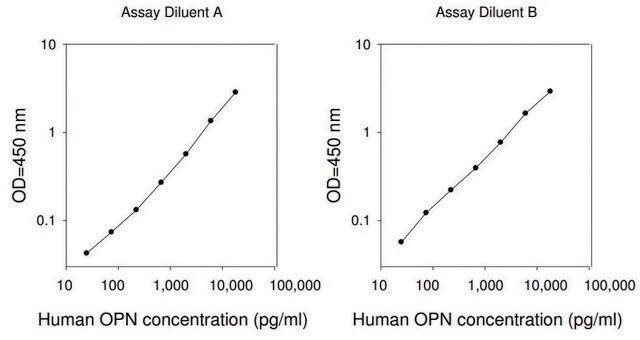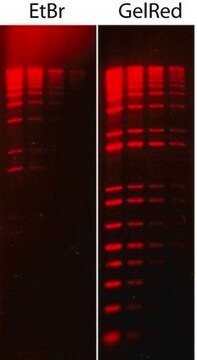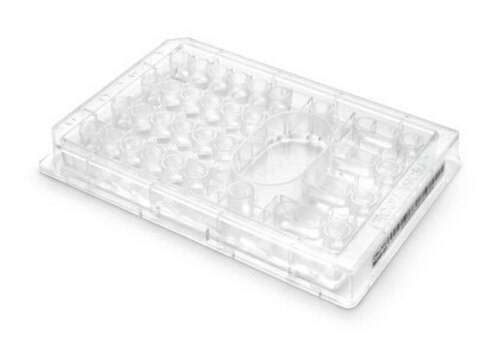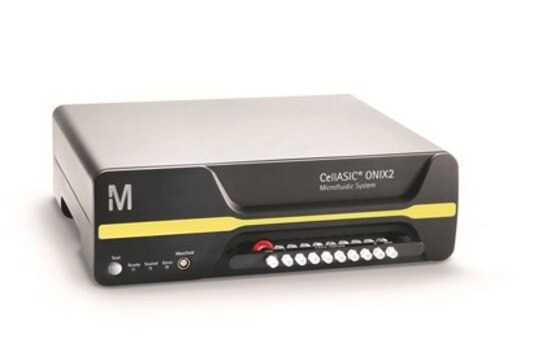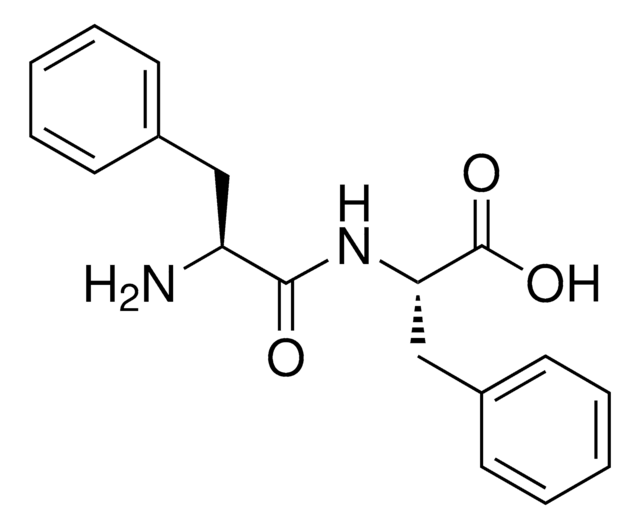OGS268
PSF-AD5 - ADENOVIRUS TYPE 5 PLASMID
plasmid vector for molecular cloning
Synonym(e):
cloning vector, expression vector, molecular cloning vector, plasmid, plasmid vector, snapfast vector, vector
About This Item
Empfohlene Produkte
Form
buffered aqueous solution
Mol-Gew.
size 4034 bp
Bakterienauswahl
kanamycin
Replikationsursprung
BR322 (15 copies)
Peptidspaltung
no cleavage
Reportergen
none
Versandbedingung
ambient
Lagertemp.
−20°C
Allgemeine Beschreibung
Packaging Capacity: The wiltype virus genome is 35938 base pairs but in this vector the genome has been shortended by the deletions to make it 30501 base pairs. This allows for the insertion of up to 5. 5kb of exogenous DNA. It has also previously been shown that serotype 5 adenovirus genomes can accomdate insertions up to 105% total genome length compared to wild type. For this reason it should be possible to insert an additional 1. 7kb resulting in a total insertion size of 7. 2Kb. We have previously packaged viruses up to 105% of the virus genome with good stability but some insertions may be unstable at this length depending on sequence. These numbers are therefore provided as guidelines only.
Recovery and Growth: Virus recovery requires two steps firstly the plasmid must be cleaved with the SwaI restriction enzyme to linearise the virus genome. Then the linear genome must be recovered and grown in 293 cells or any derivative of 293 cells such as 293As and 293T cells. These lines contain and express the adenovirus E1A protein that transcompliments the deletion in the E1A region in this plasmid. A typically removery transfection would use approximately 5ug of DNA. It is not neccessary to remove the plasmid backbone after linearising the DNA a standard DNA clean up will be sufficient rather than gel extraction. Virus colonies should appear approximately 10-15 days after transfection into 293 cells; however, clones can sometimes appear at earlier time points. Cell should be cultured in 2% fetal calf serum to prevent over growth during this time.
Promoter Expression Level:
Anwendung
To clone in an expression cassette into this virus genome there are multiple possible strategies. You can either directly clone any expression cassette from our product range by cutting the plasmid with AsiSI and PacI and cloning the cassette into the same sites in the virus genome. You can also clone this fragment into just the AsiSI site or the PacI site because these sites have the same overhang. We recommend cloning into just the PacI site where possible because the efficiency of cutting with AsiSI is typically not 100%.
Alternatively you can use Gibson Assembly InFusionHD Seamless GeneArt or LIC to clone in the expression cassette. This can be achieved by amplifying the expression cassette from any of our plasmids using these primers:
Forward primer if cutting the virus genome with AsiSI:
GAAACAAATTCTAGGAGGTACTCCGTATGGCGATCGCGGCTCCCGACATC
Forward primer if cutting the virus genome with PacI:
TGGGGCGGCCGCCATCGATGGGTTAATTAAGGCTCCCGACATCTTGG
Reverse primer if cutting the virus genome with PacI or PacI and AsiSI:
GGCACTTCCAGCAGCAGTTTCGGATCGCCGTTAATTAAGTTTCGATAGCC
These primers will bind to almost our entire product range of plasmids with the forward primers binding upstream of the promoter (flanked by Bgl2 in our vectors) and the reverse primer binding downstream of the terminator after the MCS. This allows the entire promoter-gene-terminator section to be amplified. The primers also contain arms of homology to the MCS in the virus genome which allows the PCR amplified fragment to be inserted using any of the techniques named above.
Sequenz
Hinweis zur Analyse
Ähnliches Produkt
Lagerklassenschlüssel
12 - Non Combustible Liquids
Flammpunkt (°F)
Not applicable
Flammpunkt (°C)
Not applicable
Analysenzertifikate (COA)
Suchen Sie nach Analysenzertifikate (COA), indem Sie die Lot-/Chargennummer des Produkts eingeben. Lot- und Chargennummern sind auf dem Produktetikett hinter den Wörtern ‘Lot’ oder ‘Batch’ (Lot oder Charge) zu finden.
Besitzen Sie dieses Produkt bereits?
In der Dokumentenbibliothek finden Sie die Dokumentation zu den Produkten, die Sie kürzlich erworben haben.
Artikel
Learn more about relevant restriction site functions in the SnapFast™ plasmid system. All DNA sections are pre-screened, and where possible modified, to remove any of the restriction sites found within the core SnapFast plasmids to maintain their flexibility.
A range of forward and reverse sequencing primers that allow you to sequence any insert that you make into a particular position within any plasmid. Where possible, the binding sites for each of these primers is conserved.
Our plasmids are composed of both a core vector backbone and a series of DNA components. Our plasmid platform is all built around the same core backbone, which means that the DNA components within each plasmids can be interchanged into each other.
Unser Team von Wissenschaftlern verfügt über Erfahrung in allen Forschungsbereichen einschließlich Life Science, Materialwissenschaften, chemischer Synthese, Chromatographie, Analytik und vielen mehr..
Setzen Sie sich mit dem technischen Dienst in Verbindung.